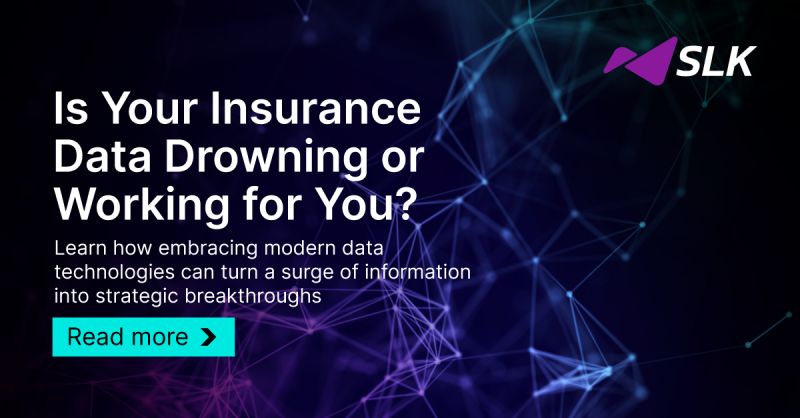In the digital age, data has emerged as a valuable asset for insurers, offering unprecedented opportunities to gain insights, drive informed decision-making, and enhance business performance. However, the sheer volume and complexity of insurance data can present challenges in extracting meaningful insights and translating them into actionable strategies. To effectively harness the power of data, insurers must adopt a strategic approach that leverages advanced analytics, technology, and organizational capabilities. Here are key steps to transform your mountains of insurance data into actionable insights:
1. Establish Clear Objectives: Before diving into data analysis, insurers must define clear objectives and identify the specific business questions they seek to answer. Whether it’s improving underwriting accuracy, enhancing claims processing efficiency, or optimizing customer segmentation, aligning data analysis efforts with strategic goals is essential for driving actionable insights.
2. Aggregate and Cleanse Data: Centralizing and cleansing data from disparate sources is a critical first step in the data transformation process. Insurers must aggregate data from internal systems, third-party sources, and external databases, ensuring data quality and consistency. This involves identifying and correcting errors, removing duplicates, and standardizing data formats to create a clean and reliable dataset for analysis.
3. Utilize Advanced Analytics Techniques: Advanced analytics techniques, such as predictive modeling, machine learning, and natural language processing, offer powerful tools for extracting insights from insurance data. By applying these techniques to analyze historical data patterns, insurers can uncover trends, correlations, and predictive indicators that inform strategic decision-making and risk management.
4. Implement Data Visualization Tools: Data visualization tools, such as dashboards, heatmaps, and interactive reports, play a crucial role in translating complex data into visual insights that are easily understandable and actionable. By presenting data in intuitive and visually engaging formats, insurers can facilitate decision-making, identify trends, and communicate insights effectively across the organization.
5. Foster Data Literacy and Culture: Building a data-driven culture is essential for ensuring that actionable insights are embraced and acted upon throughout the organization. Insurers must invest in training and development programs to enhance data literacy among employees, equipping them with the skills and knowledge to interpret and apply data insights in their day-to-day roles. Additionally, fostering a culture of experimentation, innovation, and continuous learning encourages employees to leverage data to drive value and improve outcomes.
6. Integrate Data into Business Processes: To maximize the impact of data insights, insurers must integrate data-driven decision-making into their core business processes and workflows. This involves embedding analytics capabilities into operational systems, automating decision-making processes, and using data-driven KPIs to measure and monitor performance. By aligning data initiatives with business operations, insurers can ensure that insights translate into tangible actions and outcomes.
7. Continuously Monitor and Iterate: The journey of transforming insurance data into actionable insights is an ongoing process that requires continuous monitoring, evaluation, and iteration. Insurers should establish mechanisms for tracking the effectiveness of data-driven initiatives, gathering feedback from stakeholders, and refining strategies based on evolving business needs and market dynamics. By embracing a cycle of continuous improvement, insurers can drive innovation, optimize performance, and stay ahead of the competition in an increasingly data-driven industry landscape.
In conclusion, transforming mountains of insurance data into actionable insights requires a strategic approach that combines advanced analytics, technology, and organizational capabilities. By establishing clear objectives, aggregating and cleansing data, utilizing advanced analytics techniques, implementing data visualization tools, fostering data literacy and culture, integrating data into business processes, and continuously monitoring and iterating, insurers can unlock the full potential of their data assets and drive business success in the digital age
